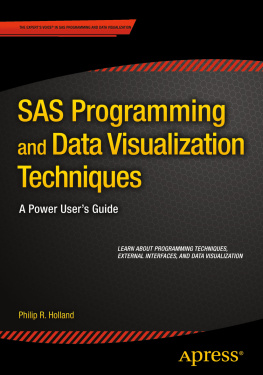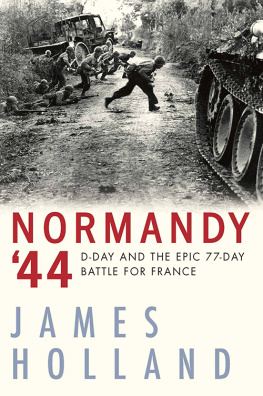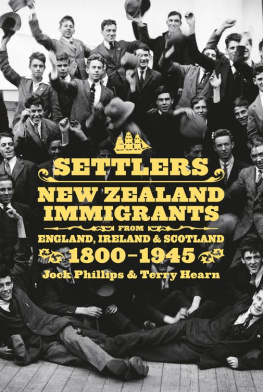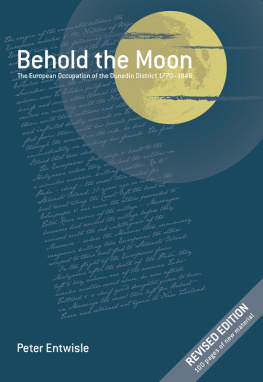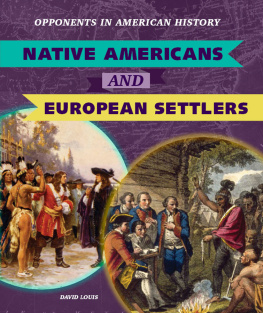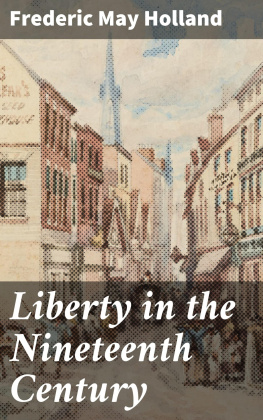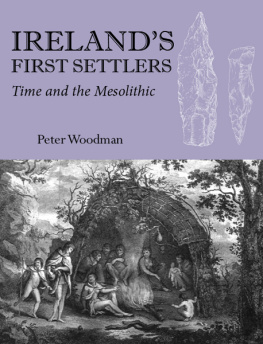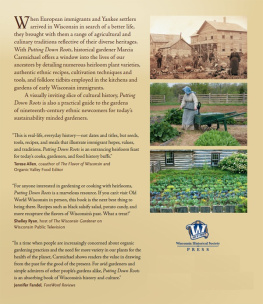Home in the Howling Wilderness
Home in the Howling Wilderness
SETTLERS AND THE ENVIRONMENT IN SOUTHERN NEW ZEALAND
PETER HOLLAND
First published 2013
This ebook edition 2013
Auckland University Press
University of Auckland
Private Bag 92019
Auckland 1142
New Zealand
www.press.auckland.ac.nz
Peter Holland, 2013
eISBN 978 1 86940 781 0
Publication is kindly assisted by the
National Library of New Zealand Cataloguing-in-Publication Data
Holland, Peter, 1939
Home in the howling wilderness : settlers and the environment in
Southern New Zealand / Peter Holland.
Includes bibliographical references and index.
ISBN 978-1-86940-739-1
1. AgricultureNew ZealandSouth IslandHistory19th century.
2. Human ecologyNew ZealandSouth Island. 3. NatureEffect
of human beings onNew ZealandSouth Island. 4. Colonists
New ZealandSouth Island. 5. South Island (N.Z.)Environmental
conditions. I. Title.
630.9937dc 23
This book is copyright. Apart from fair dealing for the purpose of private study, research, criticism or review, as permitted under the Copyright Act, no part may be reproduced by any process without prior permission of the publisher.
Front cover: The storm Lake Wanaka NZ, c. 1935. George Chance photograph, Hocken Collections, Uare Taoka o Hkena, University of Otago. Reproduced courtesy of the George Chance estate
Back cover: Two four-horse ploughs, Waimate, south Canterbury. Waimate Historical Society and Museum, 2002-1026-00052
Cover design: Kalee Jackson
CONTENTS
INTRODUCTION
The New Land: Imagined from Afar, Experienced at First Hand
ONE
Mori Environmental Knowledge: An Imperfectly Realised Resource
TWO
Settlers Learning about Wind, Warmth and Rain
THREE
Exceptional Challenges: Flood and Drought, Ice and Snow
FOUR
Away with the Old: What Place for Native Plants and Animals?
FIVE
In with the New: Introduced Plants and Grazing Animals
SIX
Emerging Environmental Problems: Erosion and Declining Soil Fertility, Pest Animals and Weedy Plants
SEVEN
Opportunities to See, Hear and Compare: Meetings, Sales, Competitions and Exhibitions
EIGHT
Rural People Continuing to Learn about their Environments
APPENDIX
Words about Home: Diaries and Letters, Commercial Transactions, Newspapers and Magazines
He found him in a desert land, and in the waste
howling wilderness; he led him about, he instructed
him, he kept him as the apple of his eye.
DEUTERONOMY 32:10
ACKNOWLEDGEMENTS
I first thought about this book 30 years ago, and often talked about it with my former colleague Professor Sherry Olson of McGill University in Montral. That it reached publication after such a long voyage owes much to her continuing support and quiet insistence. Several other people were also generous with their time and knowledge during the early years of this project. An uncle, the late Charles Wall, told me about life in rural south Canterbury during the 1930s, forties and fifties, and answered my questions about sheep and cattle, fences and hedges. More recently, Robert Holland has been my source of information about sheep, pastures and the daily life of a practical farmer.
For the past twenty years I have visited museums and archives in search of documentary material about farmers and the land. Five hosted me for periods of days to weeks at a time, gave me access to their archives and a place to work, and answered my questions about nineteenth-century farms and stations. Staff of the Hocken Collections at the University of Otago helped me trace manuscript diaries and letters, permitted me to quote from them, and provided a congenial research environment that added to the pleasures of the hunt. They also made available digital copies of photographs from their collection and granted permission to publish them. In Oamaru, staff of the North Otago Museum provided access to their holdings of local historical material and allowed me to draw on it for this research. But it was across the Waitaki River, in my home town of Waimate, where I first became almost obsessive about archival research. Late one Friday afternoon, just as I was about to wrap up a productive week in the library of the Waimate Historical Society and Museum and drive back to Dunedin, one volunteer staff member said, Theres something in the attic that might interest you. He was right. There, under a sheet of canvas, was a metre-high pile of ledger books from the now defunct south Canterbury firm Manchester and Goldsmith, and the entries related to Te Waimate Station in the 1870s and 1880s. Thank you, Murray! For the next two years, whenever I could take several days away from my office in Dunedin, I spent many hours transcribing entries from them. I have still to make full use of that material, but thats my next job. Museum staff were generous with their time and helpful in many other ways as well, including granting me permission to reproduce photographs from their collection. The extensive holdings of newspapers, original documents and photographs in the South Canterbury Museum, Timaru, also proved invaluable, and I am grateful to the staff for making them available and giving me permission to reproduce several photographs from their archive. Members of staff of the Canterbury Museum were of great assistance during the early years of this project, and since then have provided copies of diaries in their collection and granted permission for me to quote from them.
Part of the research described here was undertaken with support from a Marsden Grant (principal investigators Professors Tom Brooking and Eric Pawson). I have benefited from frequent discussions with Charles Forsyth, Frank Leckie and Gordon Parsonson, as well as with Drs George Davis and Guil Figgins. The Department of Geography provided a grant for publication costs, and generously made available a computer as well as work and study space; Christine Bradshaw, Nigel McDonald and David McDowall came to my rescue on numerous occasions when my ignorance of software looked set to scuttle the project; Tracy Connolly drafted the figures from my rough sketches; Philippa Dixon and Vaughan Wood provided copies of several diaries and assisted in locating other unpublished material; Dr Jim Williams made available copies of archival material and read a draft of ; and Dr John Morrissey commented on drafts of other chapters, identified areas where more information was needed, and encouraged me to finish.
Dr Ginny Sullivan was a gracious and painstaking copy editor, and the chapters in this book were improved by her efforts. In addition, she prepared the index. Finally, I am grateful to Dr Sam Elworthy and staff of Auckland University Press for their patience, encouragement and assistance. Sams and an anonymous readers comments on the manuscript, and their suggested changes, helped me clarify and strengthen the argument, Anna Hodge, Senior Editor at AUP, provided much appreciated assistance as the manuscript was made ready for publication, and Katrina Duncan designed the book. Any remaining shortcomings are my responsibility.
My thanks go to all these people and to my late grandfather, George Holland, for sparking my interest in the land and landscapes of southern New Zealand.
Peter Holland
Next page



